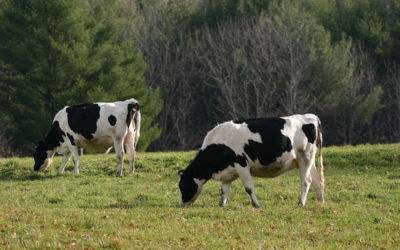Malaria drug resistance in Southeast Asia
Nearly all the germs that infect us try to get around the treatments we use to defeat them. To battle the antibiotic, some bacteria will mutate or acquire genes from other bacteria to evade the antibiotic’s effects. When we do not take an appropriate antibiotic for the particular bacteria or do not take the medicine as prescribed, we help the bacteria become resistant to the medication.
The parasite that causes malaria is no different as it attempts to evade the treatments to eliminate it. Over the years, resistance to commonly used anti-malaria drugs has developed. The discovery and use of anti-malaria treatments using the drug artemisinin was a major milestone for fighting malaria. This drug has had a major impact on reducing deaths. However, the parasite began to develop resistance to this drug along the Thai-Cambodia border in 2003. More recently, resistance has been confirmed along the Thai-Myanmar border, in Vietnam and southwest China. Resistance may be developing in Guyana and Suriname.
Resistance to artemisinin in these areas is a serious problem since there are no other anti-malarial drugs available to treat serious drug-resistant malaria. It is thought that resistance is the result of taking an inadequate dose of artemisinin or of counterfeit drugs with substandard doses of this medication.
Sitata is often asked if anti-malaria medications are really necessary. At Sitata, we feel strongly that using every measure to avoid mosquito bites while in malaria areas is extremely important, especially if artemisinin-resistant malaria has been reported in the area you are visiting. These measures include:
- Cover exposed skin by wearing long-sleeved shirts, long pants, and hats.

- Use an appropriate insect repellent as directed. Higher percentages of active ingredient provide longer protection. Use products with DEET, Picaridin (KBR 3023), Oil of lemon eucalyptus (OLE) or PMD (Products containing OLE include Repel and Off! Botanicals), or IR3535 (Products containing IR3535 include Skin So Soft Bug Guard Plus Expedition and SkinSmart).
- If you are also using sunscreen, apply sunscreen first and insect repellent second. Follow package directions when applying repellent on children . Avoid applying repellent to their hands, eyes, and mouth.
- Use permethrin-treated clothing and gear (such as boots, pants, socks, and tents). You can buy pre-treated clothing and gear or treat them yourself. Treated clothing remains protective after multiple washings. If treating items yourself, follow the product instructions carefully. Do not use permethrin directly on skin.
- Stay and sleep in screened or air conditioned rooms.
- Use a bed net if the area where you are sleeping is exposed to the outdoors.
Whenever you are in a malaria area, we do recommend anti-malaria medication in addition to insect precautions. Why? Because even though the chances of encountering an extremely resistant strain are very low, the chances of acquiring a non-resistant strain that can make you very sick or even cause death may be high. There are many comments on the internet that say medication is not necessary and to just use insect repellent. But that is a gamble; reduce your risk as much as possible. Better safe than sorry!



